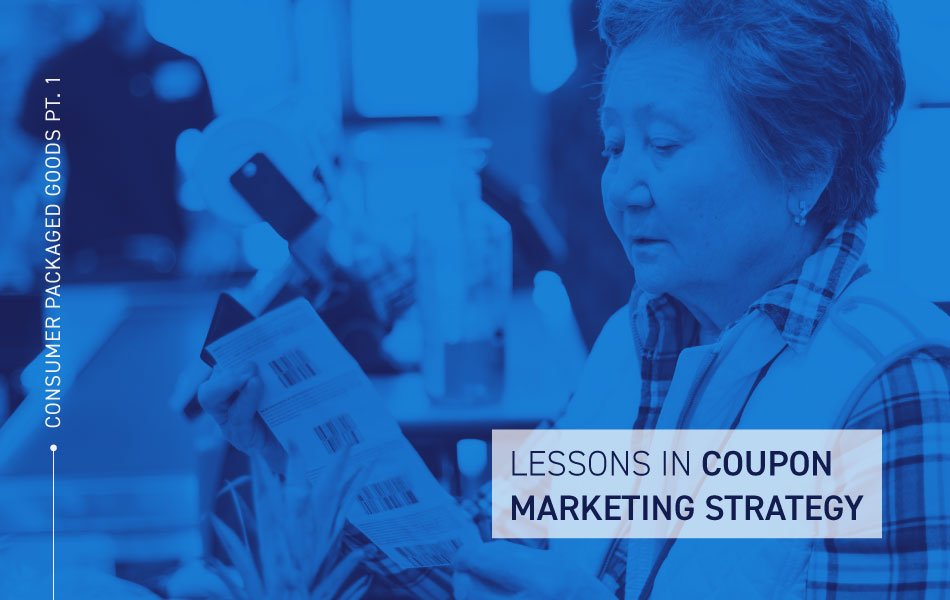Summary
It’s hard to ignore COVID-19’s impact on the world of buying and selling. Consumer shopping behaviors have dramatically changed in a short period, and what might have seemed like a necessity just a few months ago now feels like a luxury.
Uncertainty has a knack for changing consumer demand, ultimately forcing brands to rethink their customer relationships. But every change creates an opportunity for brands to connect in new and different ways. Sometimes, these new methods are as old as marketing itself.
Enter the coupon marketing strategy.
Coupons have long played a pivotal role in consumer packaged goods (CPG) marketing. They’re often the easiest and most effective tactic to encourage consumers to try a new brand. But during uncertain times, coupons can also represent a token of support that offers relief for those concerned about household budgets. When positioned correctly, they deliver a message of connection and caring.
This blog is the first installment of a four-part series exploring how CPG companies can reimagine their coupon strategies. We’ll start by exploring the not-too-distant past.
Lessons From the Great Recession
If past behaviors are the best predictor of future actions, you need only look at the 2008 financial crisis to see what a coupon marketing strategy could mean during a pandemic. A weakened economy is a perfect opportunity to reposition your brand as a quality and affordable option.
According to NCH research, coupon redemption increased by 23% from 2008 to 2009. That momentum continued well into 2011, with 35% more coupons redeemed than in 2008. Roughly 90% of these coupons were free-standing inserts (FSIs) distributed via newspapers, magazines, etc.
This increase in redemption delivered critical sales volume at a time when consumers were generally less willing to pay more for products and services. Brands that maintained coupon strategies also were less likely to lose “share of mind” with consumers — improving their chances of maintaining or even increasing market share in the long run.
The problem: Many brands were slow to respond. The 23% growth in coupon redemption from 2008 to 2009 came with only an 11% increase in coupon distribution, meaning consumers responded disproportionately faster to the crisis than marketers did.

Not encouraging consumers to adjust their purchase behaviors through a coupon marketing strategy early in the crisis could mean a loss of market share well into the recovery period. Thoughtful marketers can capitalize on the opportunity by deploying attractive offers, monitoring sales and redemptions, and adapting their coupon strategies as the economy bounces back.
The coronavirus pandemic will no doubt reshape the marketplace for years to come. The disruptions that have taken place in consumers’ lives and the economic pressures we face are more profound than those experienced during the Great Recession.
Brands that manage to adapt their marketing strategies to this new normal stand to gain the most. Coupons might seem like an old-school tactic, but they keep brands in consumers’ minds and serve as a supportive gesture while encouraging loyalty and maintaining market share.



